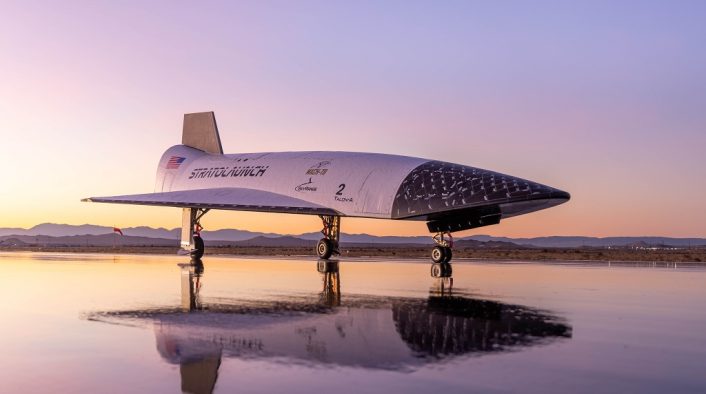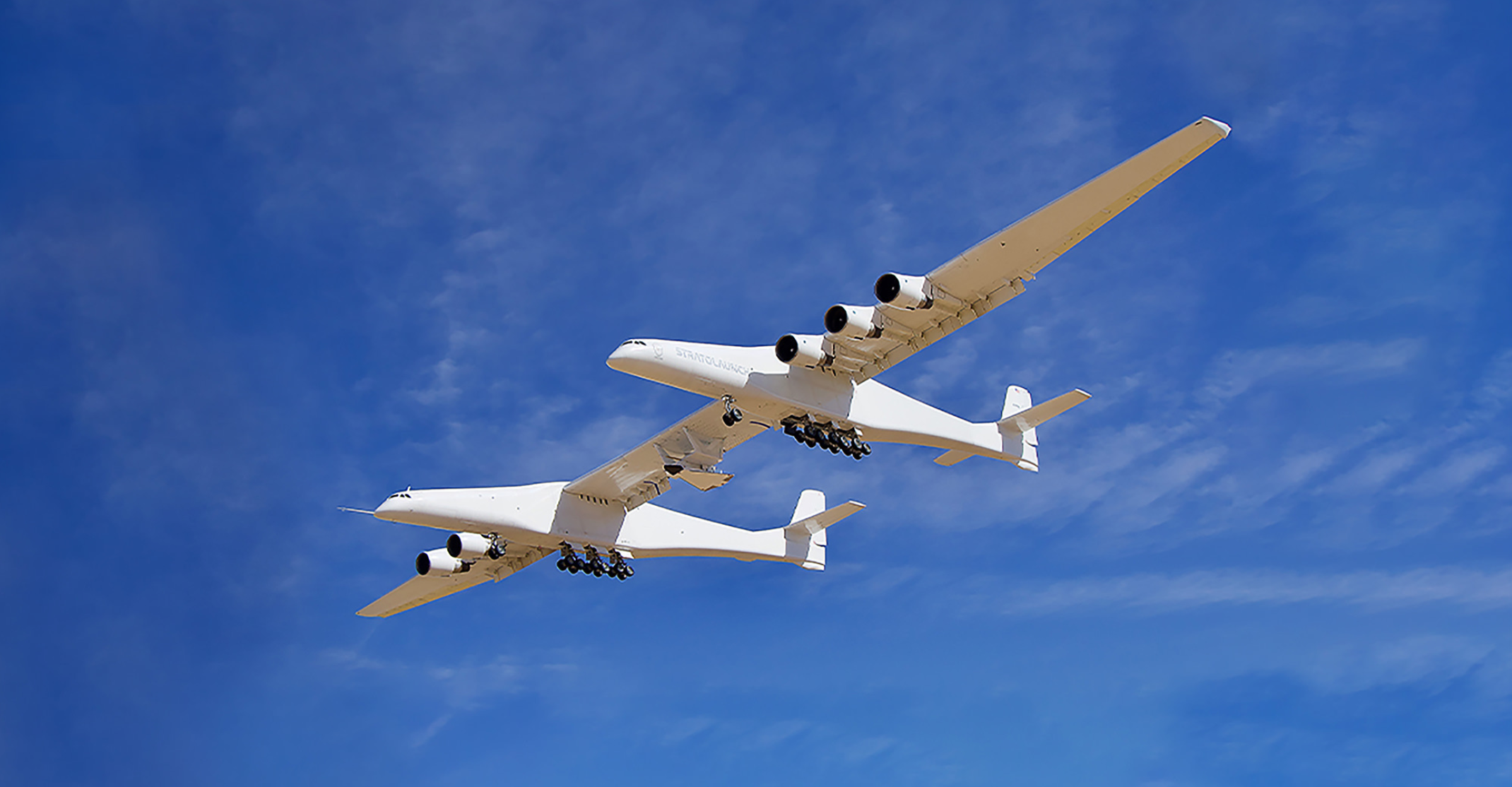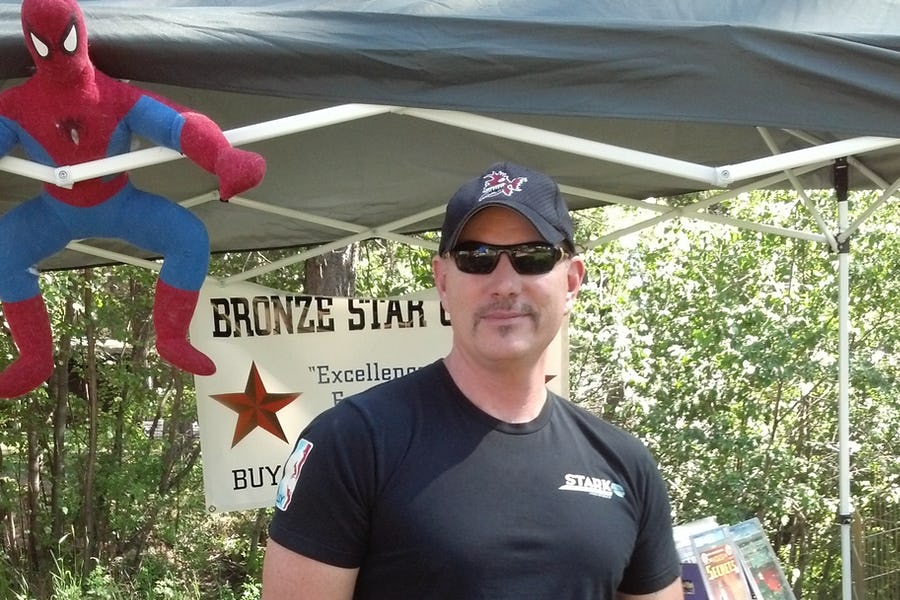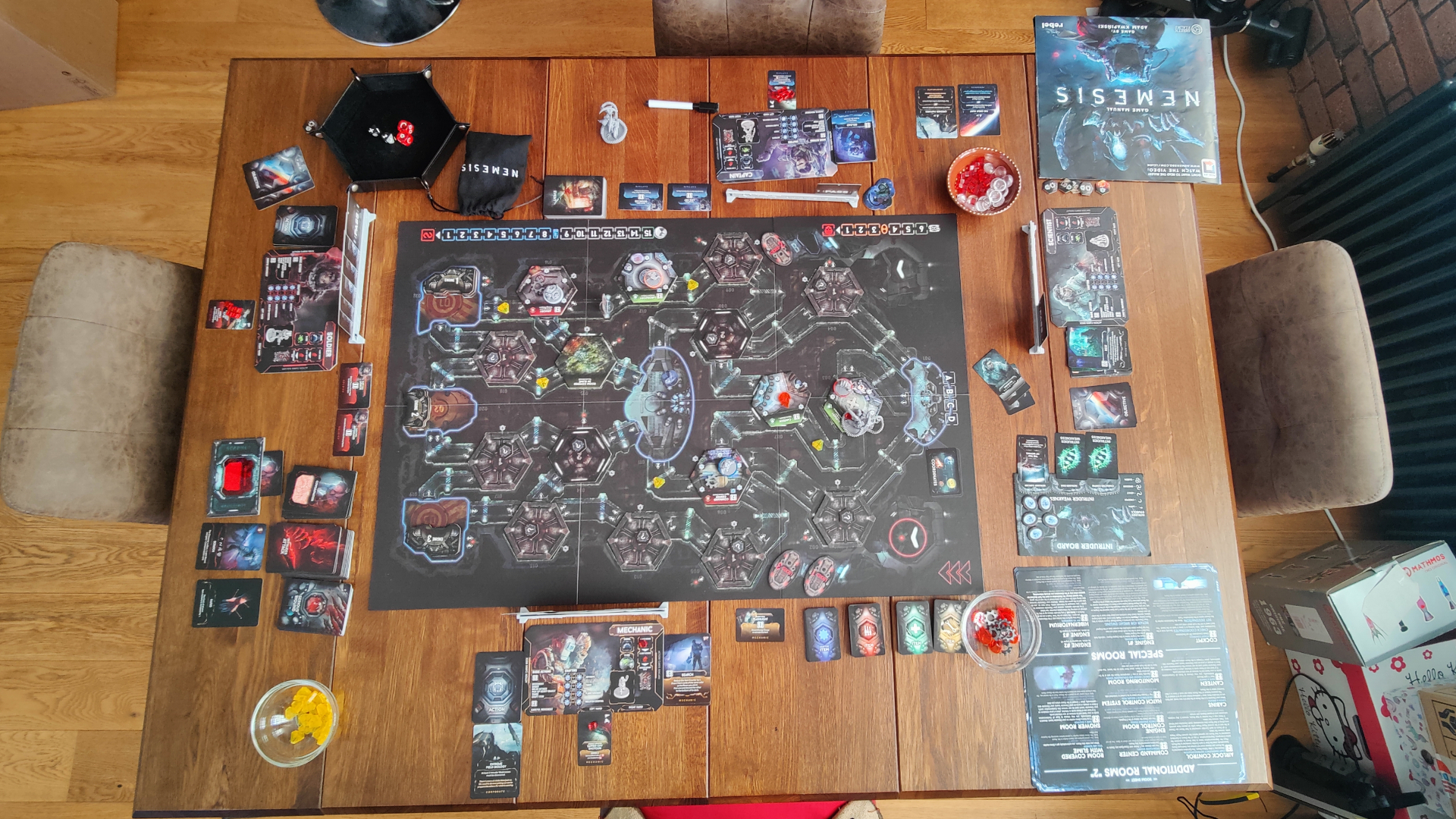Need for speed? Watch this thrilling video from historic Stratolaunch Talon-A2 hypersonic flight (video)
Stratolaunch released a new video documenting the completion of its second hypersonic flight and full recovery of its Talon-A2 autonomous vehicle, showing off the capabilities of this sleek reusable hypersonic aircraft.
This successful follow-up mission, recently undertaken on March 24 of this year, follows in the wake of the Talon-A2 vehicle's initial first hypersonic flight and runway recovery back on Dec. 20, 2024. The Talon-A2 is an advanced air-launch plane lifted aloft by a gigantic dual-fuselage aircraft designed by Scaled Composites with a world-leading 385-foot (117 meters) wingspan and nicknamed "Roc."
When positioned and deployed at altitude over 20,000 feet, the dart-shaped hypersonic marvel is dropped from Roc's center wing pylon before its Ursa Major Hadley rocket engine comes alive to propel it to Mach 5 and beyond.

"With the data collected from this second flight, we are able to apply lessons learned to enhance the strength and performance of the Talon-A vehicles," said Dr. Zachary Krevor, President and CEO of Stratolaunch in a statement. "While the team needs to complete its data review of flight two, the first flight review confirmed the robustness of the Talon-A design while demonstrating the ability to meet the full range of performance capabilities desired by our customers."
After a controlled altitude climb, the Talon-A2 glided back down to Earth for a silky-smooth touchdown and payload recovery at California's Vandenberg Space Force Base, as seen in this video linking Stratolaunch's vision back to the pioneering days of the U.S. Air Force and NASA’s legendary X-15 rocket plane program of the late 1950s and 1960s.
Both December's and March's flights packed payloads and Department of Defense experiments. These thrilling missions mark America's first return to reusable hypersonic flight testing since that manned X-15 program ended in 1968.
Stratolaunch is a revolutionary air-launch enterprise founded back in 2011 by the late Microsoft co-founder Paul Allen. Cerberus Capital Management formally purchased Stratolaunch back in 2018, transferring its headquarters from Seattle, Washington to Mohave Air and Space Port in California with an emphasis on evolving and operating world-class hypersonic aerospace craft.
Breaking space news, the latest updates on rocket launches, skywatching events and more!

A second launch platform is currently being developed using a Boeing 747-400 once owned by the now-defunct Virgin Orbit and now renamed "Spirit of Mojave." This updated aircraft will provide a more convenient, compact carrier than the mighty "Roc" for future flights and testing of the next generation of Stratolaunch vehicle dubbed the Talon-A3, which should be ready to fly sometime in late 2025.
Stratoluanch previously tested the single-use prototype Talon-A1 on March 9, 2024, which was not equipped with landing gear and executed a perfect ocean splashdown.

Jeff Spry is an award-winning screenwriter and veteran freelance journalist covering TV, movies, video games, books, and comics. His work has appeared at SYFY Wire, Inverse, Collider, Bleeding Cool and elsewhere. Jeff lives in beautiful Bend, Oregon amid the ponderosa pines, classic muscle cars, a crypt of collector horror comics, and two loyal English Setters.
You must confirm your public display name before commenting
Please logout and then login again, you will then be prompted to enter your display name.

